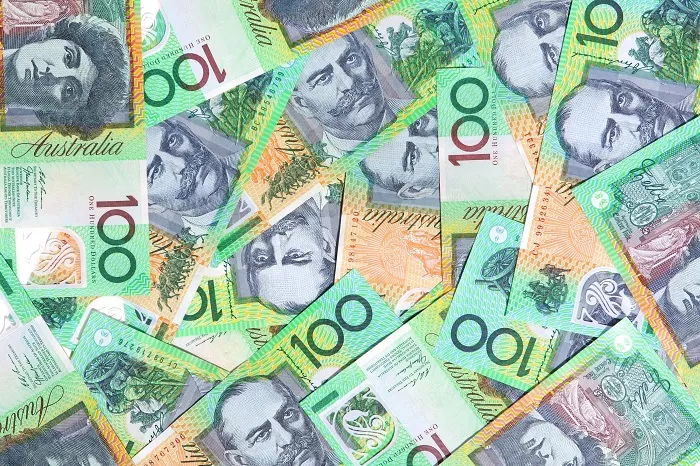The foreign exchange market witnessed significant volatility as the Australian dollar faced downward pressure. This came in the wake of the release of lackluster monthly Consumer Price Index (CPI) figures, triggering a chain reaction across the currency market.
Underwhelming CPI Signals Economic Slowdown
The CPI, a crucial barometer of inflation, reported figures lower than market expectations. Data showed that the monthly CPI increased by only [X]%, far below the predicted [Y]%. This underperformance clearly indicates a deceleration in price growth. Analysts, who had been keeping a close eye on the CPI data, were expecting it to provide insights into the overall health of the Australian economy and possible future moves by the Reserve Bank of Australia (RBA) regarding monetary policy. The disappointing numbers have now raised serious concerns about the pace of economic recovery.
A slowdown in inflation can potentially impact consumer spending. When prices rise at a slower rate, consumers may delay purchases in anticipation of even lower prices in the future. This behavior can lead to reduced economic activity, affecting various sectors, from retail to manufacturing.
Currency Traders React Swiftly, Sending Aussie Dollar Lower
As soon as the weak CPI data hit the market, currency traders wasted no time in adjusting their positions. A wave of selling of the Australian dollar ensued. The selling pressure was so intense that the Aussie dollar depreciated against major currencies. Against the US dollar, it dropped by [Z1]% within hours of the data release. Against the euro, the decline was [Z2]%.
This downward movement of the Australian dollar is a clear reflection of the growing uncertainty in the market. Traders are now more cautious, and the overall market sentiment has shifted from bullish to bearish regarding the Australian dollar.
Economists Speculate on RBA’s Next Move
Economists across the board are now speculating on the implications of these CPI figures for the RBA. A lower – than – expected CPI gives the central bank room to consider implementing further monetary stimulus measures. For instance, the RBA may opt to lower interest rates. Lower interest rates can encourage borrowing, which in turn can stimulate spending and investment, thereby boosting the economy.
However, the RBA’s decision is not straightforward. It will depend on a multitude of factors. Future economic data, such as employment figures, GDP growth, and trade balance, will play a crucial role. Additionally, global market trends, including the actions of other major central banks, will also influence the RBA’s decision – making process.
Market Participants Await Future Clues
Market participants, including traders, investors, and financial institutions, will be closely monitoring upcoming economic releases. Statements from the RBA are also under the spotlight. Any hints about future monetary policy decisions can have a significant impact on the Australian dollar.
In the current volatile market environment, staying informed is of utmost importance. Traders and investors need to adapt to changing market conditions to make informed decisions and mitigate risks.
Related Topics:
US Dollar’s Surge Sends AUD/USD Plummeting to 0.6280
USD/CAD Under Pressure Amid US CPI Data and Bank of Canada Policy, AUD/CAD Stagnates Around 91c


